Susan Winget Dinnerware Review: Just Pretty, or Worth Long-Term Collecting?
Pattern LoversR…
Delve into the techniques and craftsmanship behind the creation of exquisite porcelain pieces, and learn about the rich cultural significance of porcelain around the world. From ancient traditions to modern innovations, our blog offers a diverse range of perspectives and topics to explore. Whether you are a porcelain enthusiast, artist, or simply curious about this captivating art form, our blog is the perfect destination for all things porcelain. Join us on a journey of discovery and inspiration, and discover the beauty and wonder of porcelain.

Pattern LoversR…

Why Is This Dinner…

Market Background …
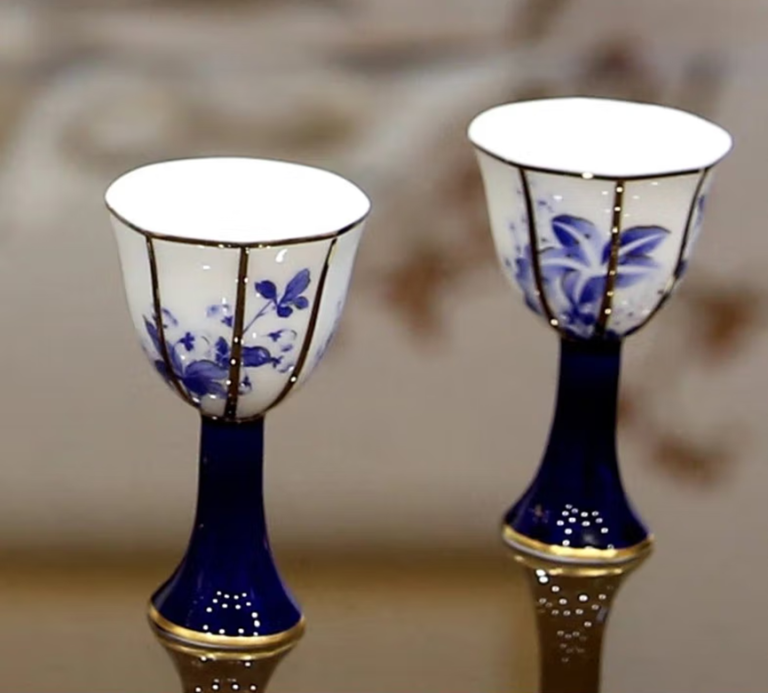
Hidden Traps in a …
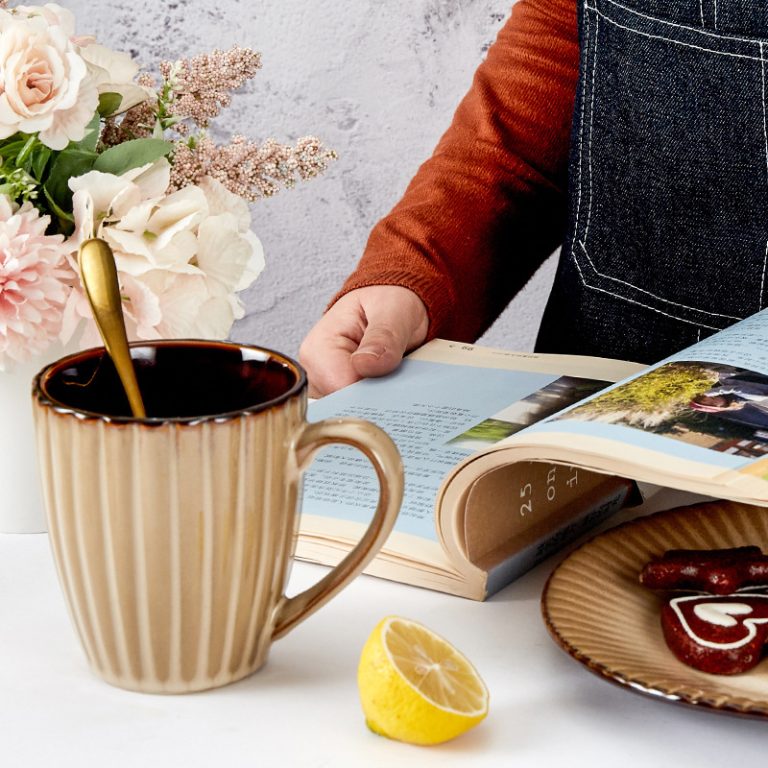
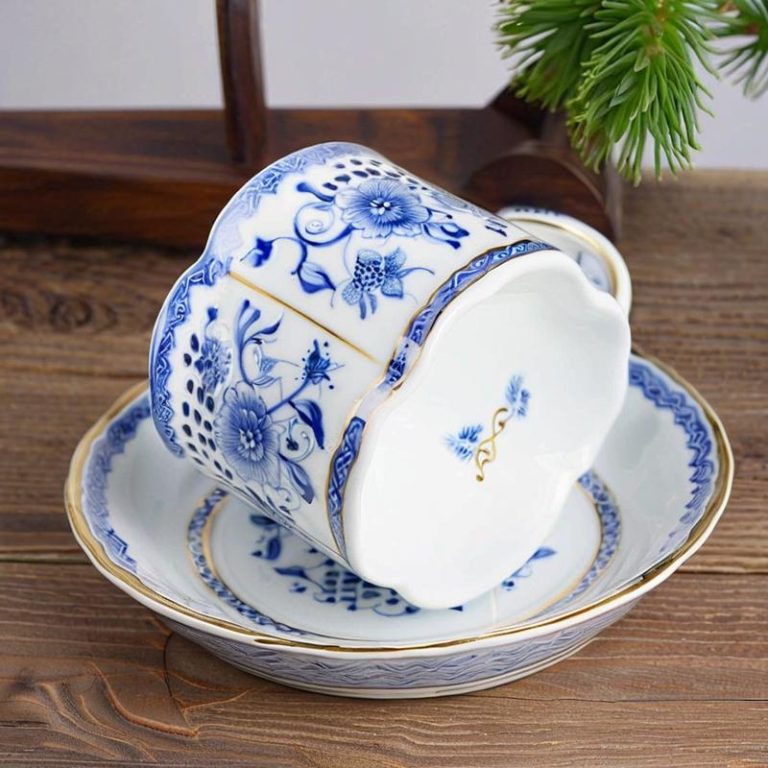

Market Context and…

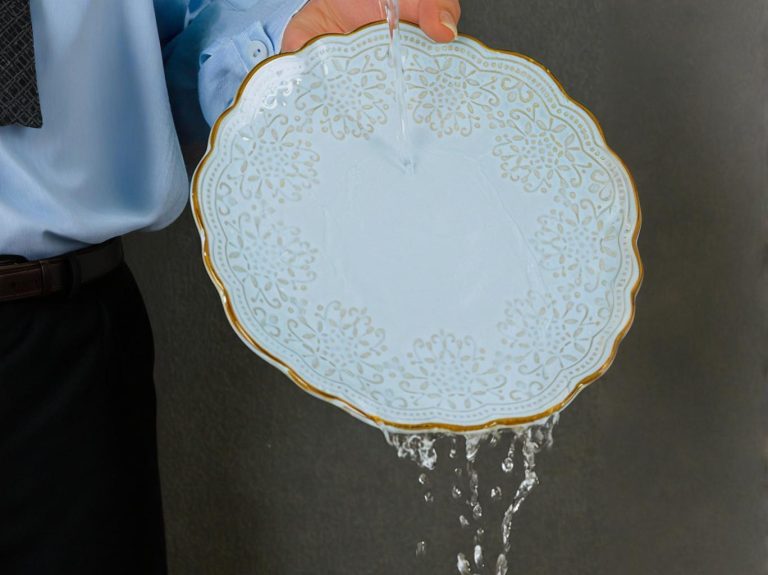
Is Pyrex “Dinnerwa…
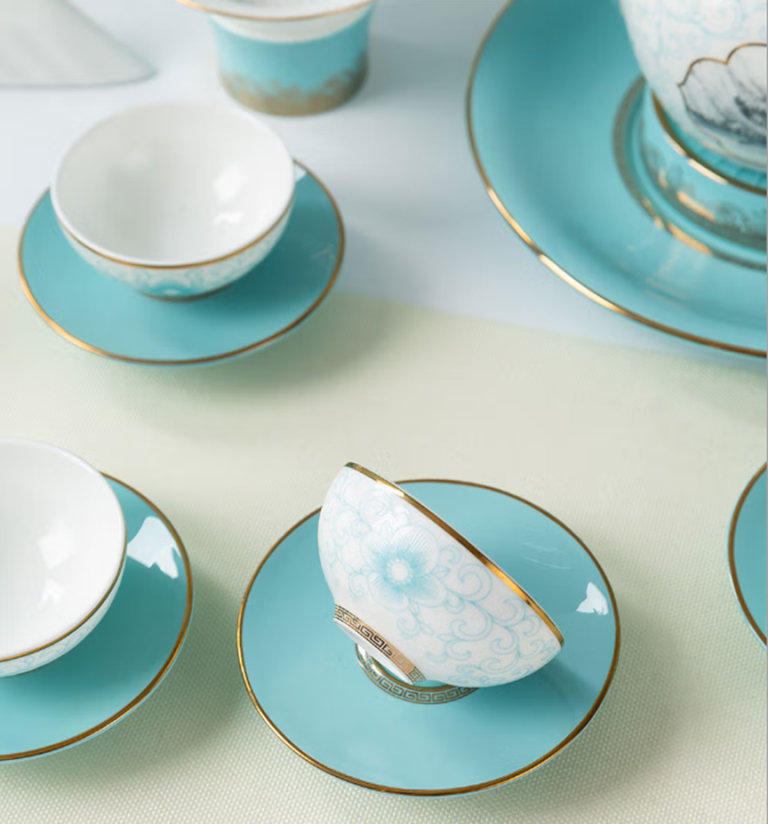
The Affordable Far…